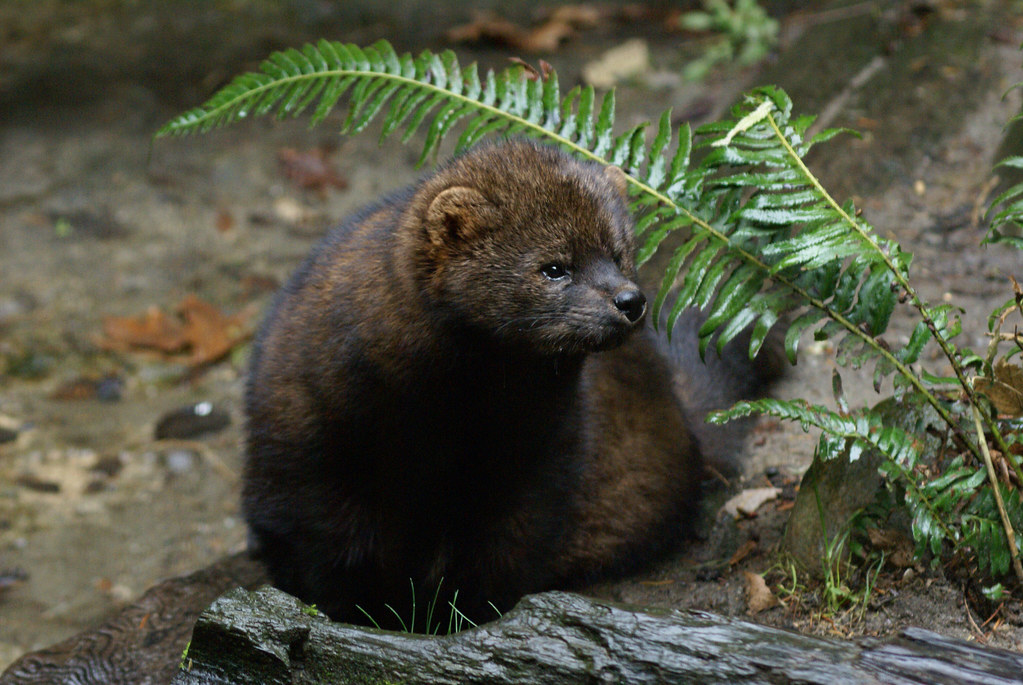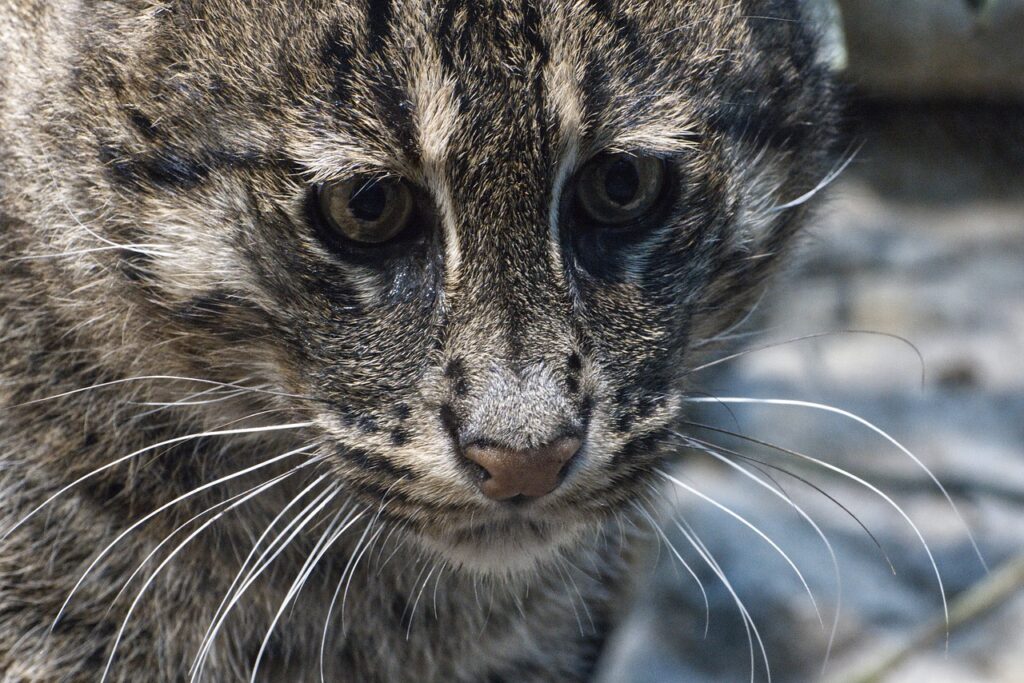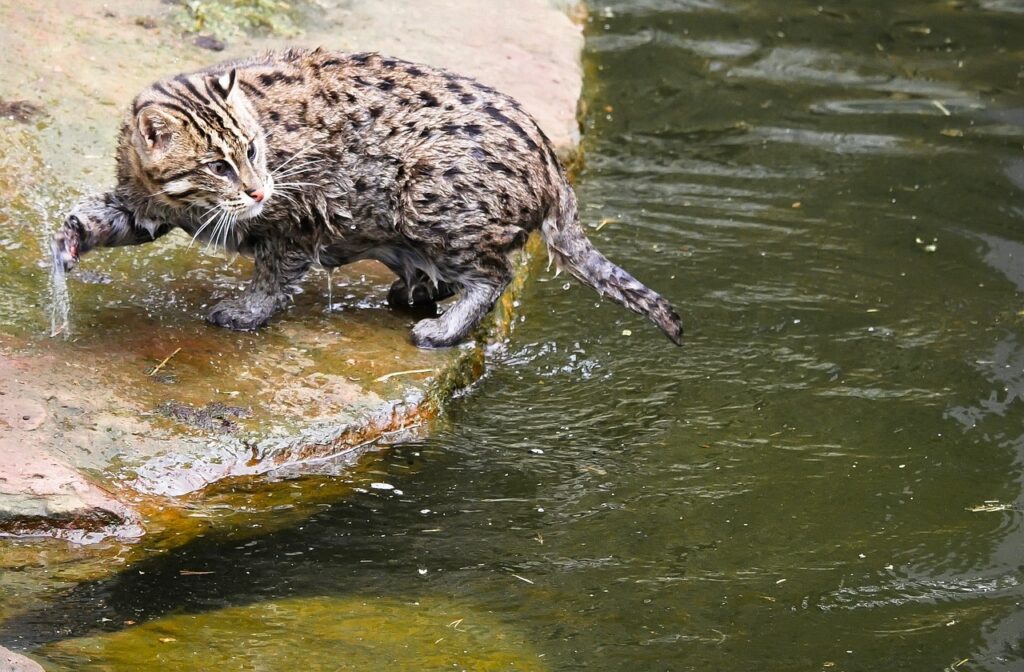What Animal Can Kill A Fisher Cat ?

What Animal Can Kill A Fisher Cat :- As the sun rises, a skilled fisher unveils its preferred target, a porcupine, gracefully descending from a tree. With lightning-fast reflexes and a streamlined body, the fisher is perfectly equipped for the role of porcupine predator. Initiating a dance of agility, the fisher gracefully maneuvers around the quill-covered tail, expertly avoiding its defensive strikes. Closing in swiftly, it zeroes in on the vulnerable, unquilled face of the porcupine, delivering a series of precise bites until the resistance wanes.
Not confined to ground-level pursuits, the fisher defies expectations by scaling trees to engage porcupines at their arboreal havens. Employing a surprise attack from above, the fisher demonstrates its versatility and strategic prowess. The porcupine, faced with this relentless predator, may opt for the safest escape—ascending higher into the branches while cautiously keeping its formidable tail lowered in defense.
What Animal Can Kill A Fisher Cat ? What Is a Fisher Cat?
Much like their weasel relatives, Fishers boast a sleek and elongated physique, maintaining a discreet profile as they traverse the terrain. Cloaked in a lustrous, dense, and dark brown coat, their aesthetic exudes a sense of elegance. The gender disparity is evident, with males outstripping females in size, measuring an impressive 3 feet and tipping the scales at a maximum of 20 pounds.

A defining feature of the fisher is its tail, gracefully tapering to account for a significant portion—roughly one-third—of its overall length, ranging from 12 to 16 inches. Complementing their compact stature, fishers sport short and robust legs. The agility of these creatures is further underscored by their partially retractable claws, facilitating nimble and rapid ascents of trees. In a breathtaking display of arboreal prowess, fishers can effortlessly leap up to 7 feet between trees, showcasing their adept climbing skills.
What Animal Can Kill A Fisher Cat ? Why Are Fisher Cats a Threat?
What Animal Can Kill A Fisher Cat? Typically, fisher cats exhibit a natural aversion to human proximity, preferring to maintain a safe distance and avoid any interaction with people or residential areas. Unlike some other mammalian nuisances like skunks, fishers don’t seek refuge beneath structures.
In recent times, the frequency of fisher sightings has witnessed a gradual uptick, potentially attributed to heightened trapping regulations and the resurgence of once-abandoned farmlands through reforestation efforts.
On the surface, fishers may seem innocuous, yet caution is warranted. Encountering them directly is not advisable, given their sharp teeth and extended claws. These creatures, though generally non-confrontational, can exhibit pronounced aggression when they perceive a threat. It’s wise to appreciate their natural inclination to steer clear while also acknowledging the importance of exercising prudence in situations that may inadvertently bring humans and fishers into proximity.
Fishers, while captivating in their natural habitat, can harbor various health concerns, presenting potential risks to both their own well-being and that of humans. Among the array of concerns, these creatures can carry afflictions such as rabies, mange, fleas, and ticks, with rabies standing out as a prominent and direct threat to human safety. Encountering a fisher and, more critically, being bitten by one, raises the distinct possibility of exposure to rabies.

Rabies, a viral infection affecting the central nervous system, is a formidable concern in such instances. While fishers generally avoid human contact, any direct interaction, especially through bites, elevates the risk of transmission. Prompt medical attention and consultation with healthcare professionals become imperative in the aftermath of such encounters to assess and mitigate potential health hazards.
Therefore, while admiring these elusive creatures from a distance can be a gratifying experience, it underscores the importance of maintaining a respectful distance and exercising caution to safeguard against potential health threats associated with contact, particularly bites, from fishers.
Life History
What Animal Can Kill A Fisher Cat ? Fishers engage in a fascinating reproductive dance, initiating the breeding season from February to March and employing a unique reproductive strategy known as “delayed implantation.” Following a swift mating period, the adult female undergoes a remarkable process where fertilized eggs remain in a state of dormancy within her uterus for an impressive 10–11 months. Only after this prolonged hiatus do the fertilized eggs implant in the uterine wall, commencing normal development. The culmination of this intricate reproductive strategy results in the birth of young fishers 1–2 months after implantation.
Each female fisher contributes to the legacy of their species by producing a single litter annually, typically consisting of 1–4 kits, with an average litter size of 3. The newborns emerge into the world in a state of vulnerability, characterized by helplessness, blindness, and a sparse coat of fur. The initial weeks are spent in maternal dens, strategically nestled high in the expanse of a large tree, providing a safe haven for the fragile offspring. This elevated sanctuary serves a dual purpose, shielding the kits from both the potential threats of aggressive male fishers and ground-dwelling predators.

As the kits progress in their journey of development and mobility, the maternal den undergoes a shift, relocating from lofty perches to sites on or below the ground. The maternal care continues as the female nurses her progeny until they reach the age of four months. At the five-month mark, the young fishers achieve a size comparable to their adult counterparts and embark on the enlightening quest of learning to hunt their prey.
The familial bond persists until late summer or early fall, marking the juncture at which the young fishers venture into the world to commence their solitary adult lives. Sexual maturity graces them at the tender age of one year, with females initiating their own cycle of reproduction by producing their inaugural litter at the age of two, thereby perpetuating the intriguing life cycle of these elusive and resourceful creatures.
Food Sources
What Animal Can Kill A Fisher Cat? Contrary to its name’s aquatic implication, the fisher’s diet doesn’t swim heavily in fish territory. The nomenclature “fisher” may trace its origins to early settlers who, in a case of misidentification, associated the creature with the European polecat, colloquially known as a fichet or fitche. This carnivorous marvel operates as a nocturnal opportunist with a penchant for the snowshoe hare, a dietary preference that seems to influence their choice of habitat, favoring areas abundant in these agile hares.
Extensive studies indicate a fascinating correlation between fisher populations and the cyclic density of snowshoe hare, underlining the intricate dynamics of their ecological interplay. Small mammals, including snowshoe hares, mice, squirrels, shrews, and voles, dominate the fisher’s menu, constituting a substantial 80 percent of their dietary intake. However, the fisher’s culinary repertoire extends beyond the rodent realm, encompassing birds, reptiles, amphibians, fish, insects, eggs, and a medley of fruits, nuts, and berries. In the summer, fruit can ascend to a significant 30 percent of their diet, showcasing their adaptability.

The fisher, true to its opportunistic nature, doesn’t shy away from scavenging, delighting in carrion like the discarded entrails of deer left behind by hunters. However, it’s the fisher’s tenacious reputation as a predator that truly sets it apart, as it stands as the sole creature daring to regularly prey upon porcupines, cementing its status as a formidable and resourceful presence in the diverse tapestry of the natural world.
What Animal Can Kill A Fisher Cat ? When do Fishers Breed?
In the intricate dance of life for fishers, the enchanting spectacle of breeding unfolds in March or April, a ritual embraced by females aged 1-2 years. Witnessing a unique reproductive phenomenon, these females undergo a prolonged period of delayed implantation lasting 10 or 11 months. The catalyst for the initiation of embryo development seems to be the changing day length, triggering the implantation of the blastocyst—the embryo’s earliest stage—in the womb. Astonishingly, this embryo matures into a full-fledged entity within a mere six weeks.
The maternal instincts of female fishers are truly remarkable as they embark on a quest for tree cavities, meticulously selecting sites with openings spacious enough for the mother’s entry yet snug enough to deter potential predators from harming her kits. Adding to the complexity of their reproductive journey, females, capable of mating shortly after giving birth, must stand guard against male fishers seeking companionship. Interestingly, male fishers play no role in raising their offspring.

The enchanting emergence of kits transpires in March, with litters comprising 1–6 individuals. Born into the world blind and adorned with minimal fur, these vulnerable kits rely wholeheartedly on their mother’s nurturing care for the crucial initial months. A captivating transition unfolds as young fishers, around the age of four months, begin honing their hunting skills, capturing their prey and asserting their independence. By the time they reach the age of five months, these young adventurers embark on a journey of dispersion, venturing forth into the world to carve their own path, emblematic of the perpetual cycle of life in the realm of fishers.
Visit Our Another Website Cool Tech Blogs




